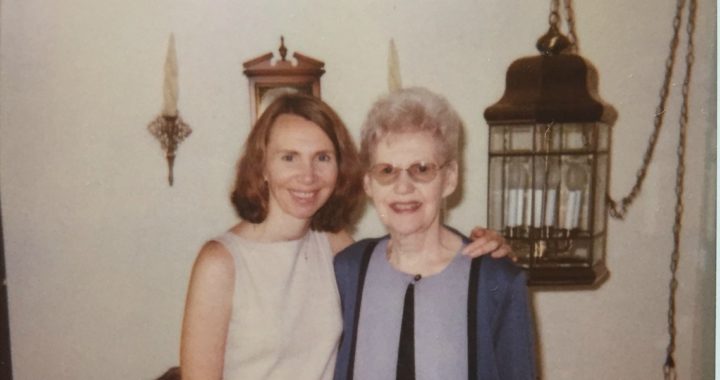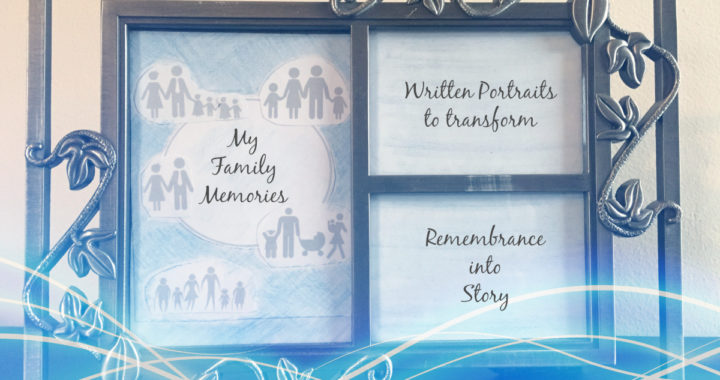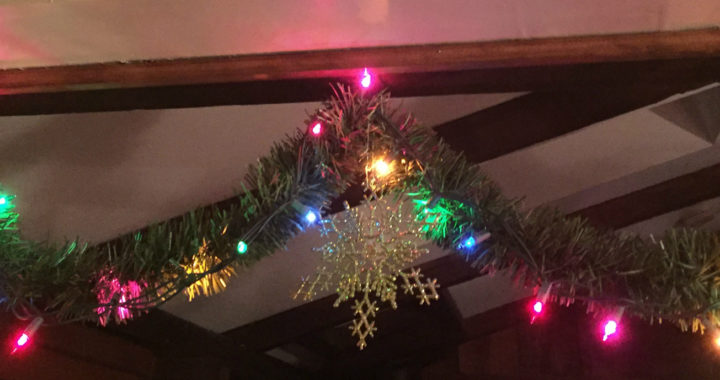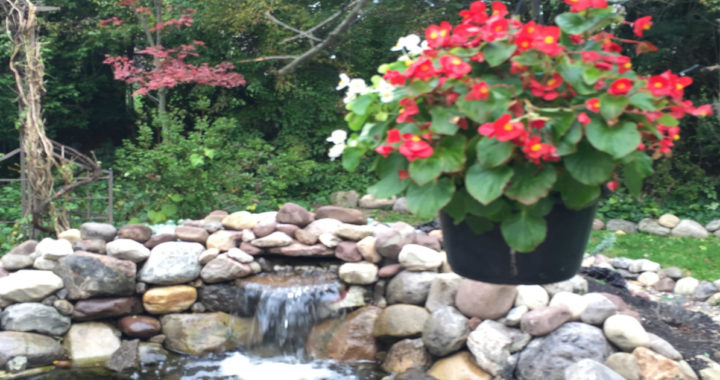My millennial children don’t seem to be bothered at all by the steady influx of information that is presented to us on social media. This is after all “life as they know it” and because I like to keep up with them, it is “life as I know it now.” After years of questioning the value of what I perceived as information overload, I have come to appreciate the beautiful images and inspiration generated by my favorite wisdom authors. Through social media, I can actually have a conversation with them. Still, I wonder how many of us are integrating into our lives all that we like and share and tweet…
Recently I learned about an important function that has emerged in this warp-speed environment of the tweet and retweet – the role of information curator. (A curator is a keeper, custodian, overseer who “takes care of” a collection.) The information curator shares blogs, articles, studies, images and many other forms of content from a particular subject, and becomes an expert for others who then rely on this trusted source for reliable information related to the topic.
While I am not currently as active with sharing content on my social media sites as others do, I’m a curator myself, a curator of the inner life. See, for years, I’ve been writing my own life lessons as I record heartaches, joys, family memories, losses, gains, thoughts and ideas. Every January 1st, I review my last year’s journal entries to notice recurring themes and influences shaping my life. And, in this “curation” of my writings, I learn – about myself, about who and what matters to me, about my dreams and hopes, about what excites and scares me, about who I am and how I want to be remembered. I discover the journal entries that I would “retweet” – because it rings just as true weeks and months later as it did when I first wrote it – or the ones that I would “like” into my “favorites” in order to keep track of insights I don’t want to forget.
If journaling is not your thing or it just isn’t something that you’ve ever tried before, then here’s a simple and meaningful exercise that you can do to identify what you have been drawn to in social media and how it contributes to the development of your own inner wisdom.
- Pick a social medium that you use-maybe it’s Facebook, Instagram, Twitter, LinkedIn or any of the other sites you use for sharing. It doesn’t matter which you choose to review.
- If you are very active (every day or two) then go back over the last week of shares, posts, likes, retweets, etc. If you’re not as active, choose a longer timeline like a month or more of content.
- Read over your content. If you posted or wrote articles, make a list of the article titles. If you shared pictures, then select one word or phrase to describe each one and add these to your list.
- Now, look over your list and answer the following questions: “What do I notice about the content of what I shared, liked, retweeted etc.? Is there a primary theme or category to the photos, words or phrases that were used?
- Then, ask yourself, “What am I learning about myself or what have I noticed is important to me?
After you have completed the exercise, sit quietly for a moment and recognize that your inner wisdom has been at work – collecting insights, ideas, thoughts, and perceptions that you are curating every day, every second of the day. You can trust that this wisdom will be available to you when you stop and listen deeply, often providing answers to your own life questions when you least expect it.
Thank you for reading and reflecting.
If you wish, please leave a comment, reflection or thought below so that we can all learn from our shared wisdom and insights.




